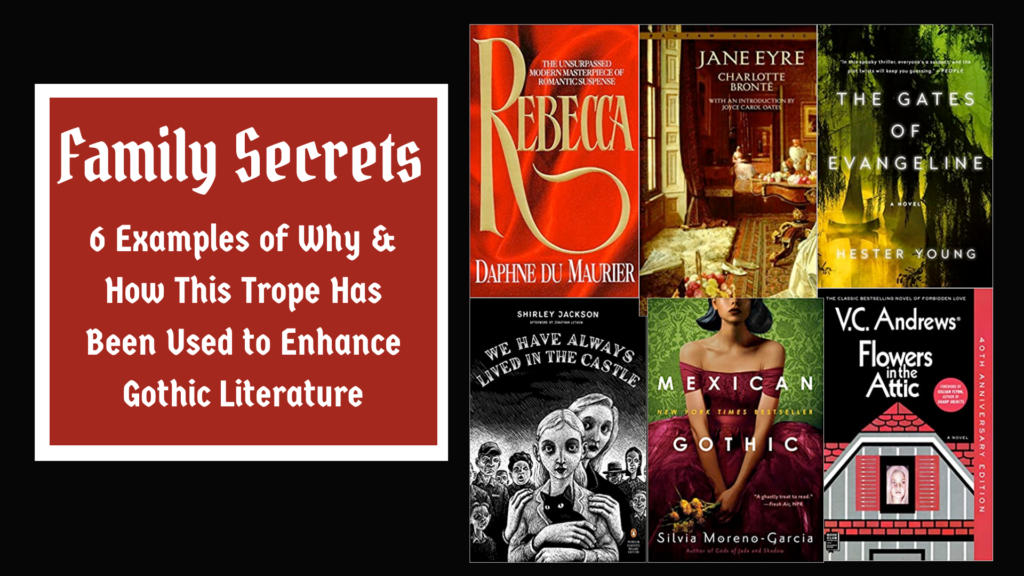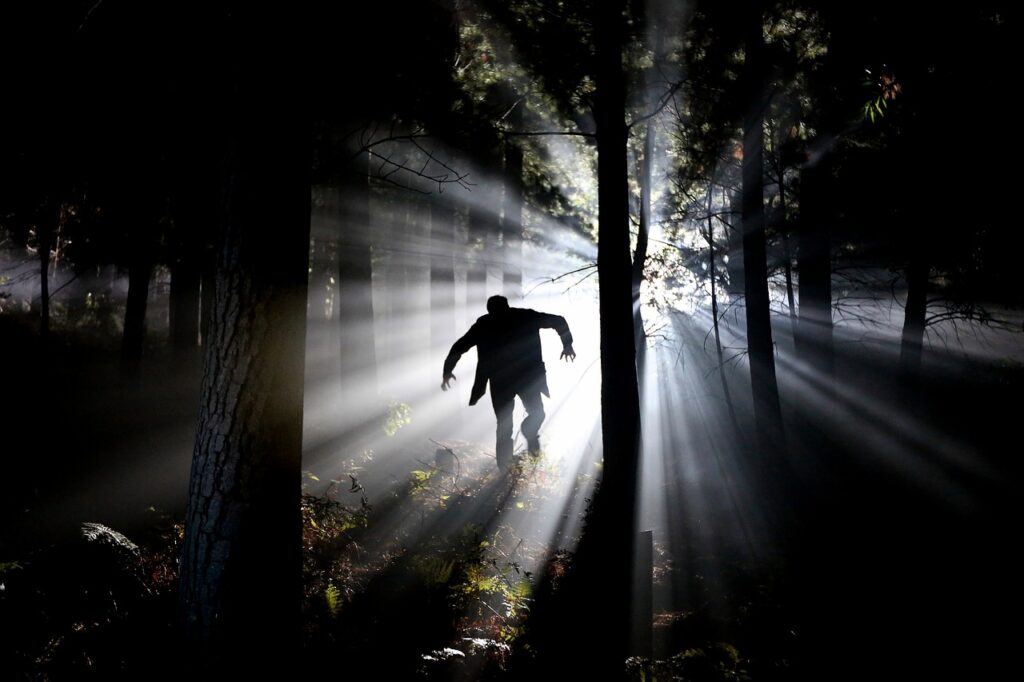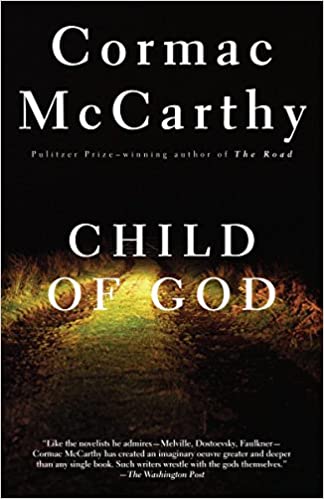Last summer, I attended a writing conference at the home of an author with over 30 books published, most of them through traditional publishing houses. The conference was on crafting deeper characters, which was helpful in itself. However, something else came out of it that I didn’t expect.
At one point in the session we were told to go home that night and do some homework using our current manuscript. The next day, several of us chose (or were volunteered in my case) to sit up front with the author and discuss our novel. She asked us questions which we would answer. Then which she would ask a deeper question which we would answer…etc.

It helped us to realize that most of us were still not going as deep as we should. And she offered a lot of very personal advice based on our specific stories. But in my case, as she and I went back and forth, she suddenly stopped and suggested that I would benefit from the book The Moral Premise by Stanley D. Williams. It’s a book about…you guessed it: the underlying moral premise in a story.
Williams writes from the perspective of a screenwriter, but the book is equally useful for novelists. Especially since this is something that most of the film industry considers to be a given, but which many novelists tend to neglect or downplay:
The goal of the storyteller is to take the audience through an emotional and psychological journey that reveals a poignant truth about the human experience.
p. 35
It’s that little word, “truth” that is so often neglected. The author – of films or literature – is supposed to present truth as they understand it to the best of their ability. Yes, we do this while entertaining our audience, but every story should act as a fable or parable. It teaches a lesson to its readers.
…the true fabulist [story teller], therefore, discharges a most important function. He is neither a narrator, nor an allegorist. He is a great teacher, a corrector of morals, a censor of vice, and a commender of virtue.
George Fyler Townsend, as quoted by Williams p. 23
Of course, we strive to do this without preaching at our readers. And there will always be those who staunchly advocate for storytelling without any underlying moral lesson. However, if you’ve followed my blog for a while, you know that I am a firm subscriber of the type of writing that Williams is referring to here.
There’s nothing like a story that touches us at that deep soul level because it says something more about who we are as humans, about the spiritual world around us, or about the meaning of various aspects of our lives. Especially those that are harder to understand or accept. That’s the power of a moral premise.
As a quick note: what I’m referring to here as a moral premise is really a theme. By that I mean that the main character (and the other secondary characters as well!) should be learning something from start to finish. In the case of a positive character arc, the character begins by practicing the opposite of the moral lesson…and reaps the negative outcomes that come with those choices. Over time, he or she learns the story’s lesson and chooses progressively positive moral values and sees the beneficial outcomes that accompany those better choices.
This is more than simply trying to achieve a physical goal (to win over a love interest or take the ring to Mordor). We’re talking about the underlying reason for the story. What is the character learning while seeking to achieve that physical goal? On one level, the character is trying to achieve the physical goal through means that aren’t successful at first, but on a much deeper level, the character is seeking something psychological or spiritual and is also doing this unsuccessfully.
Williams presents quite a few movies or television shows and demonstrates each one’s underlying moral premise. As he does so, he shows how that premise drives the action, which is absolutely essential. Action should always follow the underlying psychological/emotional/spiritual journey of the characters.
If the physical goals of the various characters do not refer implicitly to the Moral Premise then you are writing two different [books]. Stop. Fix it. A successful [book] is about only one thing.
p. 136
The Book’s Layout
The Moral Premise is essentially laid out in the following way:
Beginning
The early portion of the book deals with the whys behind the use of a moral premise: what is it and why we should always have an underlying moral premise. If you’re already a believer, you may wish to skim over this section. I read it thoroughly and found it to be very affirming. I often find myself on the other side of storytelling. Whereas in literary fiction, the characters and the premise/theme are the central purpose of the story, in genre/ commercial fiction, this is often not the case. There are many commercial works of fiction that have only a very loose theme.
As Williams points out though, this shouldn’t be the case. And it undermines the longevity of these stories. They don’t really endure because a surface plot alone – even with the best characters we can possibly craft – isn’t enough to impact people in a way that they remember in the long run.
Middle
The middle of the book addresses how to structure the underlying premise or values of the book. This is the theme that we want to address. My current manuscript has an underlying premise that looks like this:
Pride leads to violence and destruction; but
Humility leads to life and healthy relationships
My book actually has a unique structure in that the main character has a negative character arc and the antagonist has a positive arc. So whereas the MC in most novels will pursue the physical goal and the underlying psychological goal from the negative side of the moral premise during the first half of the book and then will begin to learn the lesson and move towards a more life-affirming pursuit during the latter half, my book is the opposite. At least for the MC. My antagonist moves in a more traditional way because mine is a cautionary tale. The MC is the example of the destruction that ensues when one becomes more and more prideful…and in conjunction, destructive.
Notice also that the moral premise is a universal truth. It’s something that virtually everyone will accept as true. They may not practice it as well as they should in their own lives. (None of us do or the book would be unnecessary.) However, we can look at the premise at face value and agree with it.
The End
The last third (plus or minus) of the book is all application. And it is great. Williams walks the reader through the steps needed to get from a high-level idea of the virtue and vice that we’re seeking to explore, to the dramatic beats (plot points), and even the overarching elements that should drive every scene.
I found it very useful for refining my current story planning.
If you are used to story planning and have read a lot of writing craft books, this book will present many things that you already know. But the way that it focuses on the underlying moral premise was particularly useful for me. I can picture many writers – even veterans in the industry – benefiting from this book.
If you enjoyed this post, share it with your friends!








![Chosen By The Dragon: A Dragon Shifter Paranormal Romance (The Dragon Realm Book 1) by [Selena Scott]](https://m.media-amazon.com/images/I/51JuS0S-+CL.jpg)
![Amnesty: Sweet & Clean Contemporary Gothic Romance by [Jo Noelle]](https://m.media-amazon.com/images/I/51eNplh3HIL.jpg)




